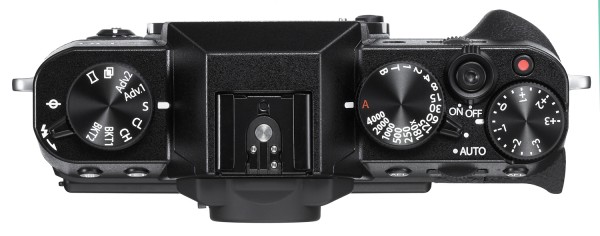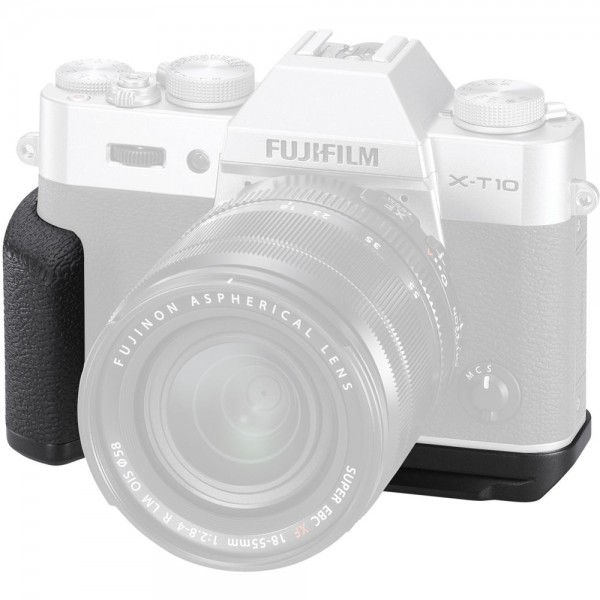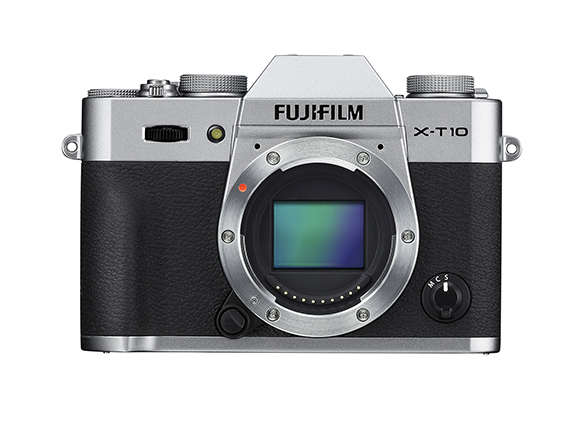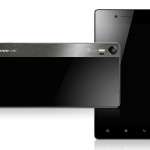If you have been impressed by Fujifilm’s X-T1 mirrorless camera from last year, but felt the cost was too high, then you might be interested in the Japanese company’s new X-T10. Essentially, this is the “smaller sibling” to the big brother.
In terms of specs, the two cameras are very similar. They have the same 16.3-megapixel X-Tran CMOS II sensor mated with the same processor so the colour output and image quality remain largely the same. In terms of auto-focusing, the X-T10 has the same system as the X-T1.
What has changed is the ergonomics. Because of the need for the X-T1’s weather sealing, Fujifilm had to forgo the shutter thread that allows for a handy mechanical plunger or soft release button that helps a photographer fire away more easily.
The X-T1’s 4-way buttons at the back do not have enough tactile feedback and are flushed with the surface of the camera so it can be hard to navigate through settings.
What’s more, the retro “locks” on the camera make it look “professional” but may not always be practical for a user to get to things quickly.

Fortunately, the X-T10’s lack of weather sealing solves all these problems – especially if you don’t usually shoot while it is raining heavily. The 4-way button at the back now protrudes more and navigating the menu is so much easier.
The shutter threading has returned and I can use the X-T10 with a soft release button which helps by making the shutter button taller. You get a more responsive shutter release.
The new camera also has a leg up over Fujifilm’s other cameras – the X-E1 and X-E2. What’s useful here is the extra dial for different exposure modes such as Single, Continuous Low, Continuous High, Double Exposure, Panorama and Bracketing. You also get both front and rear command dials so you will be at home if you use a digital SLR camera.




So far, I’ve said how the X-T10 has improved on things. What I don’t like now is the lack of the X-T1’s ISO dial on the X-T10. In its place is it is a dial for the exposure mode.
Yes, you can still customise the dials, but having the ISO dial natively there would help many photographers who prefer faster operation during shoots.
It seems Fujifilm is trying to differentiate the X-T1 from the X-T10 with the earlier model being endowed with more professional features but Fujifilm should be more confident by providing the best in all their camera offerings. Yes, even at a risk of “cannibalising” more expensive models.
It should let consumers decide whether to pay more for weather sealing, a bigger viewfinder and better materials on the X-T10. The lack of more useful controls on the new X-T10 doesn’t inspire confidence in the brand in the long run.

To be fair, if you are buying the X-T10, you won’t feel shortchanged in terms of the excellent image quality that Fujifilm is known for. That, to me, will be the biggest selling point for the latest update to the X series.
If you are set on the X-T10, I’d recommend getting better grip on it. Get the Leather Case BLC-XT10 (US$79.90) or the Hand Grip MHG-XT10 (US$129.99).
Of course, that would bump up the basic body-only price of S$1,299. But like all camera systems, you have to be prepared to spend after the first splurge.
If you are new to the X series, I’d also recommend getting a starter kit to keep costs down initially. For S$500 more, or S$1,799, you should opt for the excellent 18-55mm f2.8-4 kit lens that Fujifilm is offering as a bundle.







